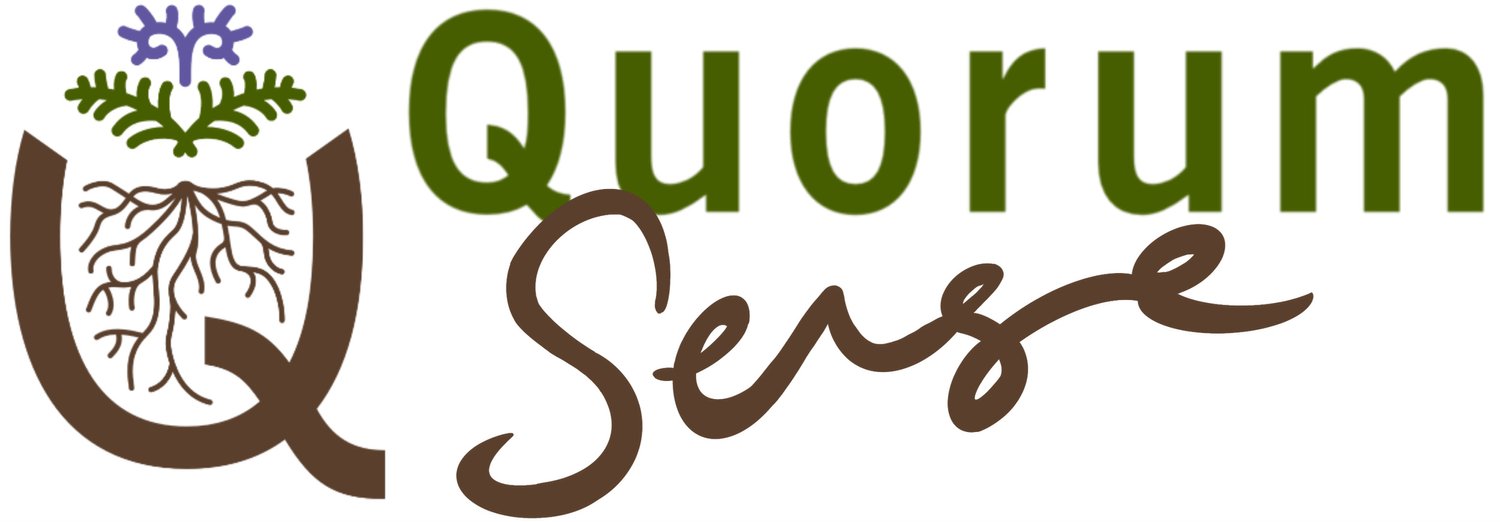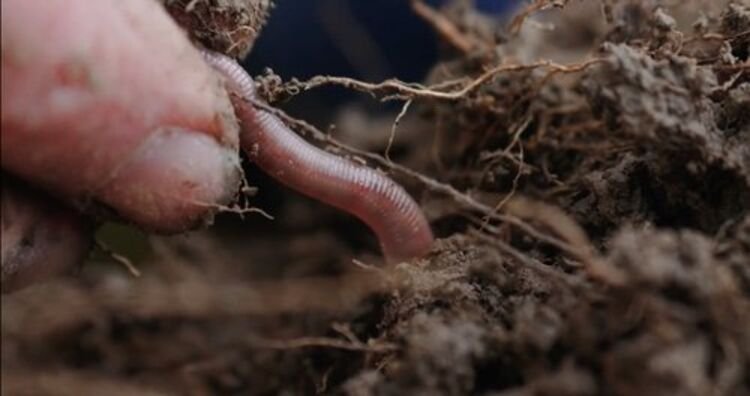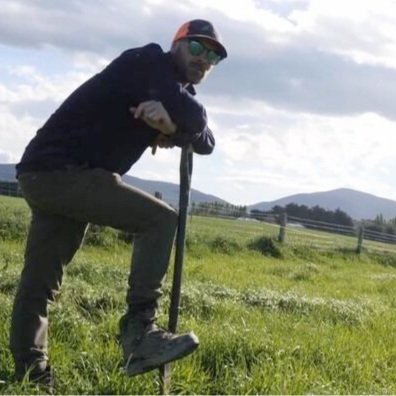Hay bale grazing – an alternative to winter crops
Hay bale grazing is a wintering system with extensive history in North America but is still novel in New Zealand. The litter from the bales and the established pasture both provide a soil armour effect that could help minimise the risk for pugging and nutrient loss to the environment.
Download the Quorum Sense hay bale grazing handbook: Hay Bale Grazing Handbook.pdf
Bale grazing in action (Mark Anderson dairy unit, Otago)
Hay bale grazing implementation
Ross Monaghan of AgResearch is one year into a three year trial to test the hypothesis that hay bale grazing can help minimise the risk for pugging and nutrient loss to the environment. Run on Dylan Ditchfield’s Southland dairy unit, the trial will quantify the anticipated environmental and animal health benefits.
Hay bales are spaced across the paddock like a checkerboard and the stock graze breaks of hay and pasture throughout the winter
Best suited for well-draining soils and flat land, but has worked well on moderately drained soils
Aim for 3500-6000kgDM cover going into winter – typically paddock shut up in March
Mobs of 100 cows
3-day breaks consisting of 0.5 ha of pasture and 13-15 bales depending on feed quality and paddock cover
Approx. 20% of hay litter remains following grazing, not considered wastage as this benefits the soil
Paddocks can be rotated or use the same paddocks each year, shifting the bale sites each year so that after 3-4 years the whole paddock has had bale litter.
(click on images to open full size)
Key benefits of hay bale grazing
Environment, soil and pasture
Soil is covered and protected all winter, minimising risk of soil damage, greenhouse gas emissions or nutrient losses
Hay litter creates a layer of mulch which captures dung and urine, breaks down over summer and is incorporated into the soil - on Mark Anderson’s farm this led to better growth, fertility, water holding capacity and worm life in areas that were under bales over winter
No cultivation required, preserving soil structure and biology, and minimizing carbon emissions and soil loss
Pasture typically will recover quickly in the spring and act as a catch crop, utilising excess nitrogen in the soil during its spring growth
Due to fibrous hay, the dung is not mobile so does not move or shift with heavy rain
Animal health + well-being
Animals are not standing in mud but on the litter from the hay which also provides comfortable bedding
No feed transition required for the stock
Cows seem to be relaxed and ruminating, not bellowing, or following for food, keeping condition on well. Animal behaviorists will be capturing animal welfare data this coming winter and give us a more complete picture of the benefits to stock
People
Hay bale grazing is not considered intensive winter grazing under the Essential Freshwater Water Plan, so no resource consent required
Less pressure on farm team - management is easier than with winter crops as timing is not as critical and cows are on breaks for longer periods
Finances
Improved feed availability - can utilise the wintering paddock(s) during peak milk then shut up for winter
No cultivation required
Importing nutrients and grass seed with the bales can reduce future input costs
Key risks and challenges
Maintaining feed quality
Potential for pasture to still get damaged to the extent that re-grassing is required
Stocking rate is roughly half that of kale crops, so more land is needed over winter
“The bale litter that is left there - which is probably around 15-20% - that’s spread out. That creates this layer of mulch that breaks down slowly over the summer and incorporates back into the soil.
“So you get all this worm life. A year on, it’s amazing to see you’re increasing future water holding capacity because those areas can now infiltrate and hold more water.”
Mark Anderson, Otago dairy farmer
(Source: ‘Regenerative winter grazing innovations’ video 09:59)
Related content on: bale grazing, wintering
Disclaimer: The information, opinions and ideas presented in this content is for information purposes only and does not constitute professional advice. Any reliance on the content provided is done at your own risk. (click here to view full disclaimer).


















